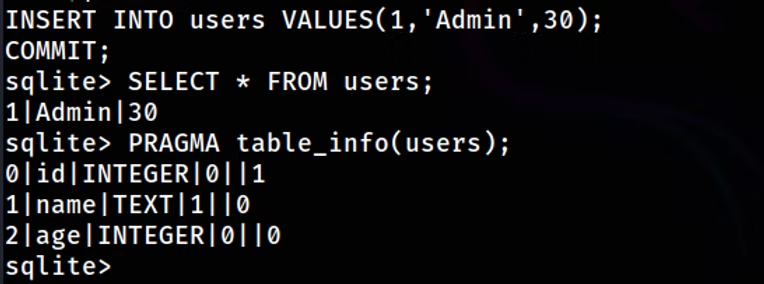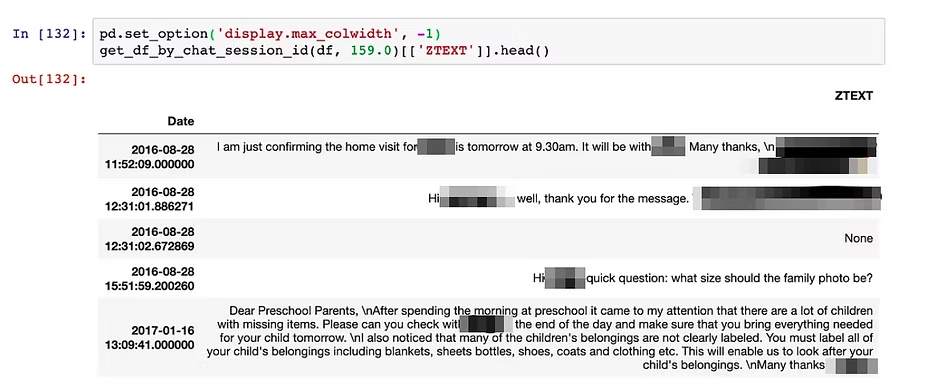Database Hacking
Blog on SQLite Essentials and Attack Strategies
Welcome back !
SQLite is one of the most commonly used database engines, embedded in countless applications, mobile devices, and web services. Its compact design makes it a popular choice for developers, but it’s also an attractive target for hackers. Whether you’re a penetration tester, cyberwarrior, or security researcher, mastering SQLite can open up new vectors for exploitation. In this guide, we’ll delve into SQLite’s basic structure and explore how hackers leverage it during attacks.
How Notorious Hacker Groups Utilize SQLite Databases
Let’s look at some real-world examples of how sophisticated hacking groups have used SQLite databases in their operations:
APT Groups and SQLite Misuse
Advanced Persistent Threat (APT) groups often exploit SQLite databases embedded in software or firmware. They gain access to these databases during attacks on web servers, compromised applications, or mobile devices. For example, state-sponsored groups like APT28 (Fancy Bear) and Lazarus Group have leveraged SQLite as a reconnaissance tool:
- They extract usernames, application secrets, and configurations to gather intelligence.
- SQLite databases on compromised servers often store logs, enabling attackers to analyze and pivot deeper into the target environment.
Ransomware Operators
Ransomware groups, such as REvil or Conti, often seek SQLite files to extract credentials or escalate their attacks. Ransomware binaries are known to scan systems for .db or .sqlite files, stealing any unencrypted credentials, and even altering databases to corrupt application operations as part of the ransom demand strategy.
Credential Stealers and Data Exfiltration
Groups like Emotet and TrickBot — known for deploying malware that specifically targets browser SQLite databases — frequently extract saved usernames and passwords from browser SQLite files (Login Data, Cookies, etc.).
Understanding how SQLite databases are targeted in real-world attacks is important for acting proactively, not reactively — implementing countermeasures and strengthening security.
Using SQLite on Linux
Before using SQLite, check if it’s installed:
1
kali> sqlite3 --version
To create or open a database:
1
kali> sqlite3 <db_name>
Inside the SQLite prompt:
Create a table:
1
sqlite> CREATE TABLE users (id INTEGER PRIMARY KEY, name TEXT NOT NULL, age INTEGER);
This creates a users table with:
id: An integer primary keyname: A text field (NOT NULL)age: An optional integer
Insert data:
1
sqlite> INSERT INTO users (name, age) VALUES ('Admin', 30);
Retrieve data:
1
sqlite> SELECT * FROM users;
View schema:
1
sqlite> PRAGMA table_info(users);
List all tables:
1
sqlite> .tables
Update a record:
1
sqlite> UPDATE users SET role='admin' WHERE username='guest';
Modify security settings:
1
sqlite> UPDATE config SET value='false' WHERE key='authentication_required';
Export entire database:
1
sqlite> .dump
Attack Strategies
SQLite databases have been a target of numerous sophisticated attacks. Let’s explore some of the major ones:
1. Memory Corruption and Remote Code Execution (RCE)
The Magellan vulnerabilities (e.g., CVE-2019-5018, CVE-2019-13734) exploited flaws in SQLite’s implementation to allow remote code execution. These were triggered via specially crafted SQL queries that caused:
- Heap-based buffer overflows
- Out-of-bounds reads
A vulnerable function was fts3_tokenizer in the Full-Text Search (FTS) module. Attackers embedded malicious payloads in web pages, exploiting browsers like Chromium that use SQLite internally.
2. Database File Manipulation & Malicious Trigger Injection
Attackers can tamper directly with .db files to insert triggers — commands that auto-execute on certain actions (INSERT, UPDATE). In mobile apps, attackers modify local .db files to:
- Exfiltrate data
- Alter app behavior
- Inject malicious code
3. Arbitrary Code Execution via Query Parsing Bugs
Example: CVE-2020-15358
By exploiting flaws in how SQLite parses nested WITH clause queries, attackers manipulated memory routines and achieved arbitrary code execution.
Dangerous when:
- Web applications allow user-controlled queries.
- Sanitization is weak or bypassed.
4. Exploiting Privileges & Weak Encryption in Mobile Apps
Many mobile apps use unencrypted SQLite databases to store sensitive data. For example:
- WhatsApp once stored chat data unencrypted in SQLite format.
- Attackers extract session data, tokens, or credentials.
5. Privilege Escalation via load_extension Abuse
SQLite’s load_extension function allows dynamic loading of external modules (.so, .dll files). If enabled:
- Attackers can load arbitrary shared libraries.
- Gain code execution at the same privilege level as the SQLite process.
Example: On an IoT device, load_extension was left enabled for debugging. Attackers exploited it to inject custom modules and take control.
Summary
This article is a hacker’s guide to SQLite, covering both basics and attack strategies. It introduces SQLite commands and structure, then explores how various threat actors exploit SQLite vulnerabilities. The content is crucial for cybersecurity professionals and developers, as it provides essential knowledge about a widely used database system while highlighting its potential security risks.


